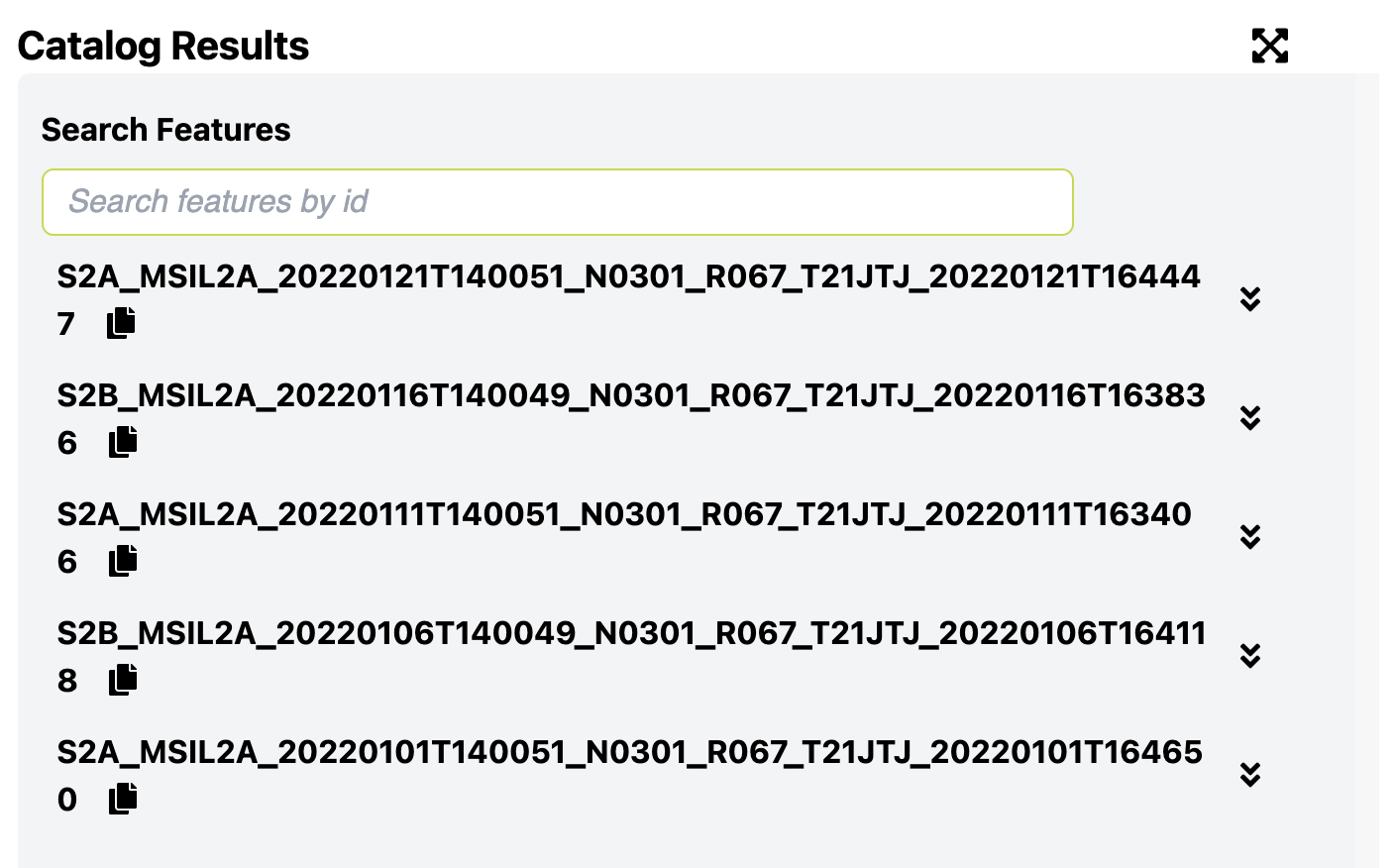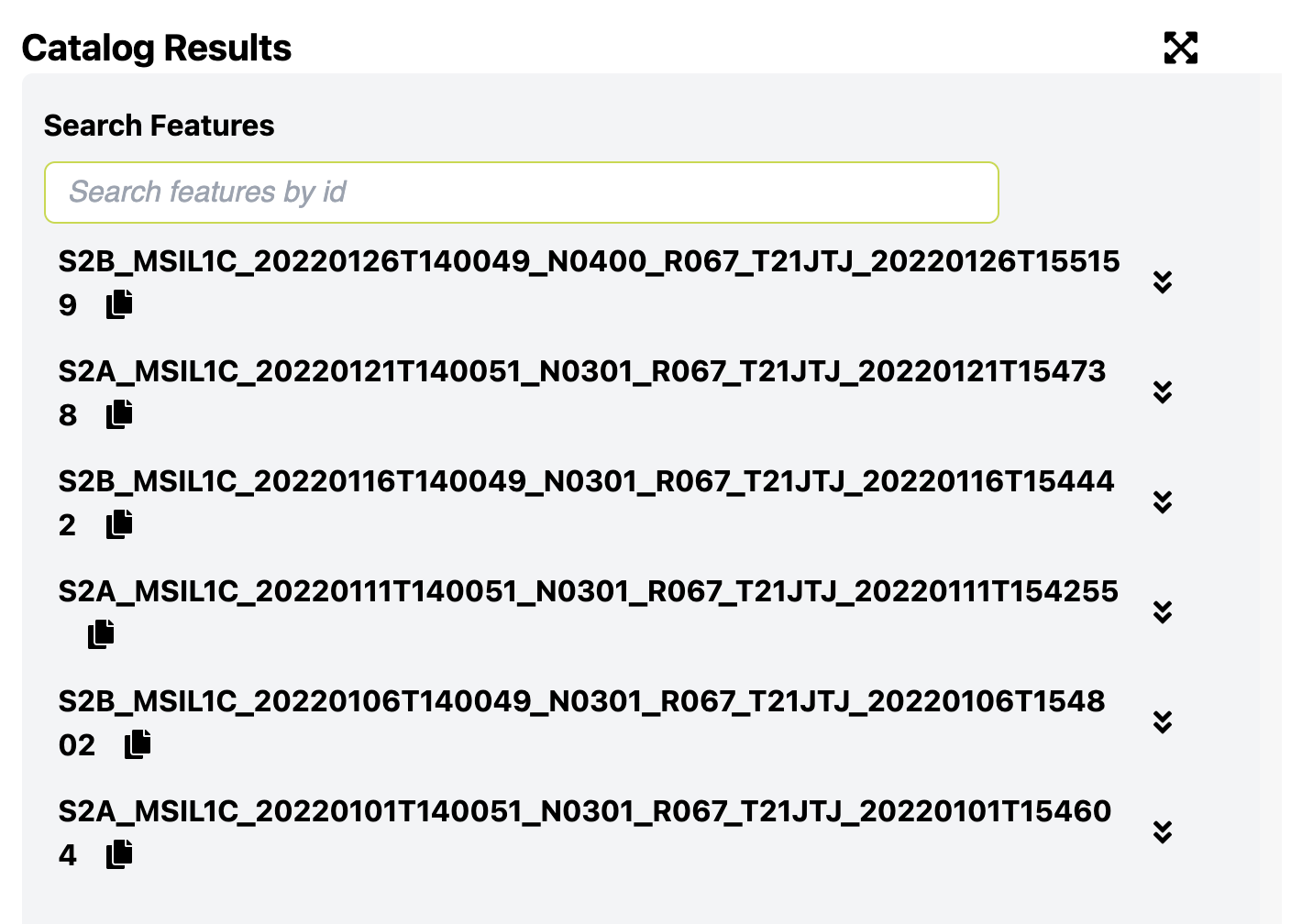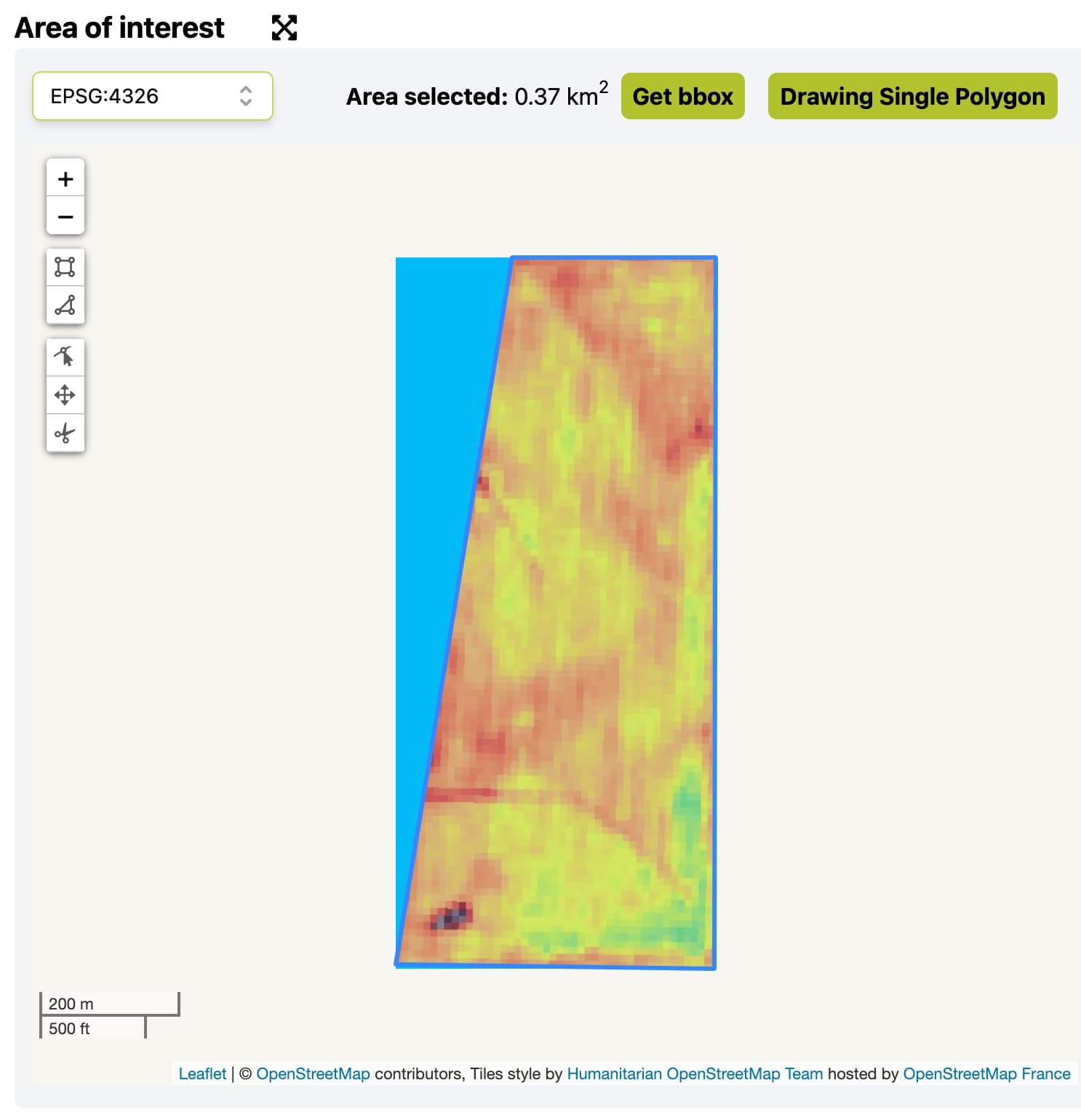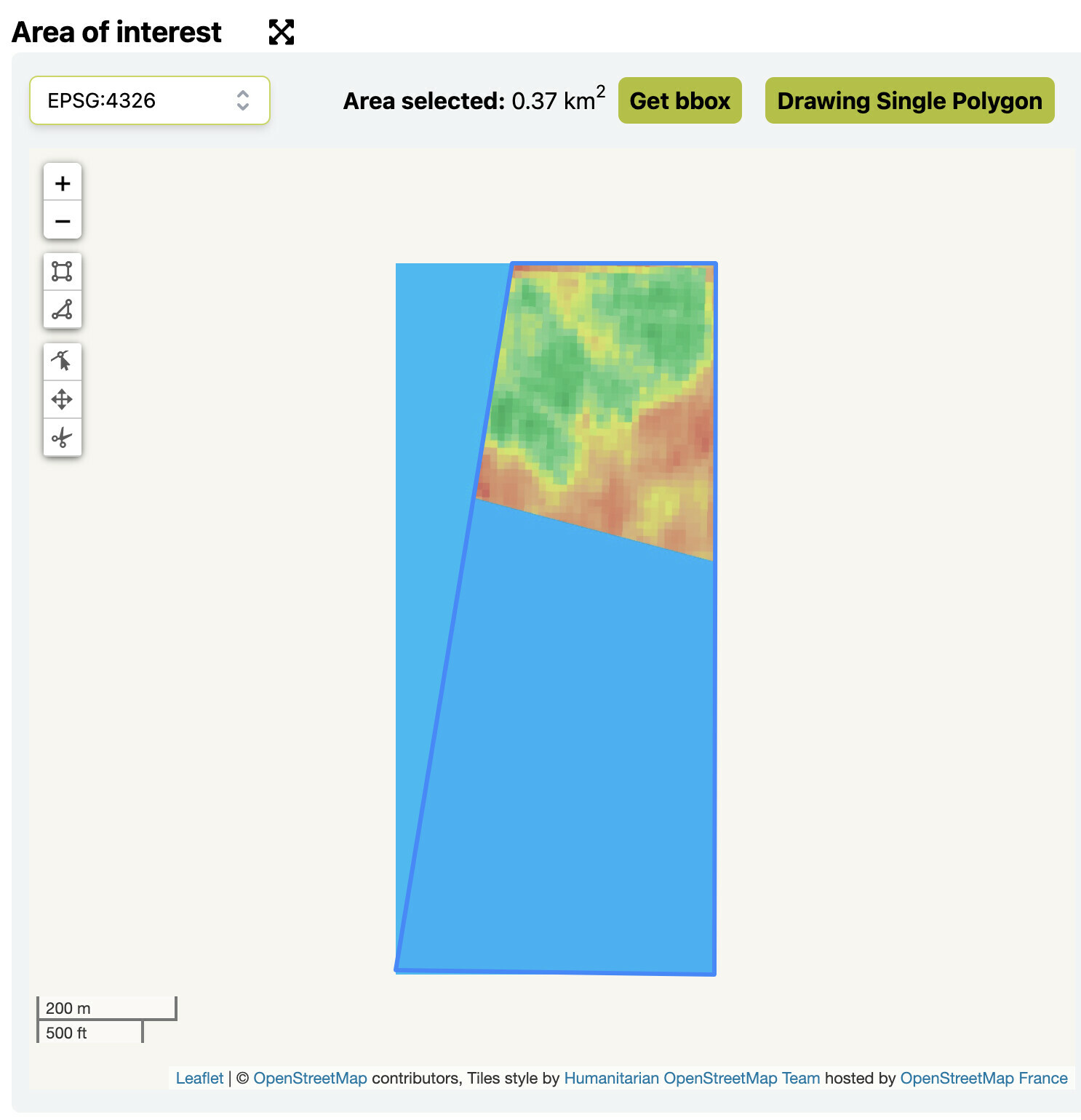Hello!
We ingest daily images from Sentinel Hub. We have several AOI that were supposed to be ingesting new images yesterday, on the 26th.
At first we thought there was an issue in our system but after manually checking in Sentinel Hub online request builder, latest images for those AOIs are the ones from the 21st.
Is there any ingestion issue with latest images on Sentinel Hub?
Thanks!





